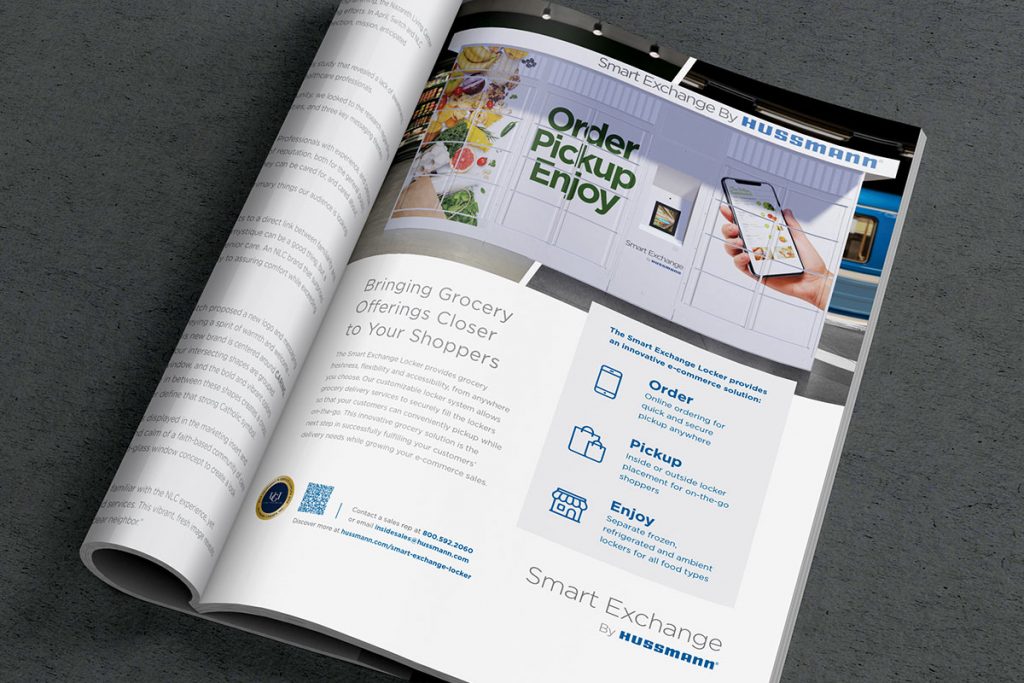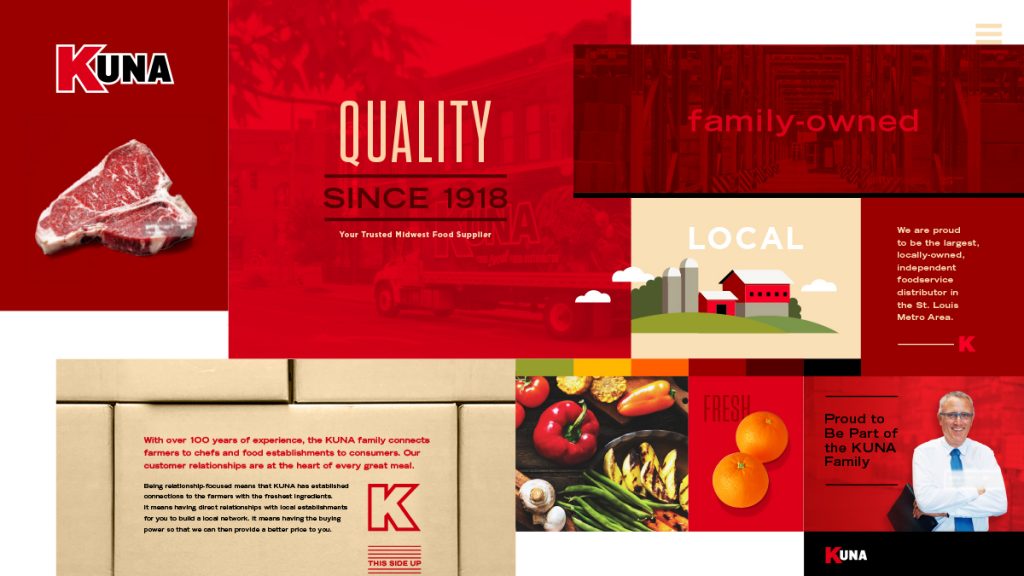When you think of the Apple brand, you don’t just think of their products. You think of monochrome colors, imagery and advertisements. For some, it might be words, feelings and ideas. Over time, Apple has embraced its famous slogan “Think Different” because they have put great thought into how people experience their brand. They have built a brand that isn’t just a great one-liner, but rather empowering consumers to think about all the different ways that Apple products can make their lives better. That’s the power of great branding.
But a strong brand identity like Apple doesn’t just happen overnight. Many, many hours are spent creating and implementing a strategy with creative, design and communication teams. At Switch, we recently completed a package redesign for Start Right Waffles and a new website for KUNA Foodservice, among other branding projects. Given how 2020 was the year where many reevaluated their current business practices, 2021 could be the year where a rebrand is necessary to create consumer demand and ultimately drive sales. Here’s our “Must-List” for things to consider when implementing a successful rebrand strategy.
1. Understand the reason behind your rebrand
Rebrands aren’t always easy, but sometimes necessary. Whether it’s new leadership, negative brand perception, market changes, or a number of other reasons, it’s important to have a defined and clear understanding agreed on by your team.
2. Re-examine your current and target customer
Identifying your current customer means looking at the data. What your current customer and target customer demographics looked like 5 years ago might be drastically different in 2021. And what they are looking for is probably different as well.
3. Stand out while fitting in your category
It’s integral to communicate your key differentiators, but it’s also important to meet consumer expectations. If you make a waffle box that looks nothing like a waffle box, it may stand out on the shelf but could be too confusing to spark a purchase. In short: Be clear what your product or brand is but also why it is different.
4. Identify past hits and misses
Recall your past successes and what campaigns resonated with audiences. Whether it’s on social media or in-person feedback, people will tell you what they value about your brand. Constructive criticism can make you aware of things you may have overlooked.
5. Complement your business strategy
As you know, without a marketing strategy, you lack focus. So first devise a plan, and then build your rebrand around that plan. The overall organization and design of your website should reflect your set-upon goals – your brand strategy should align with business strategy.
6. Updating your logo and colors isn’t enough
As previously discussed with Apple, your brand is more than an icon or what you sell. When rebranding, brand boards serve as a visual reference tool that helps convey the ideology and brand attributes you want to present to your target audience.
7. Design that reflects your new identity and strategy
When it comes to design for your brand, nothing should be happenstance. Every decision should have reason and purpose. You need to set aside time to think about how all design elements will translate to packaging, advertising, signage, web, social media, physical space and anywhere your brand will meet your target audience.
8. Prepare for minor digital disruption
Transitioning social media accounts and web pages is a rocky part of rebranding. This includes changing account handles and usernames, Google ads and SEO keywords, and redirecting existing pages. It’s important to try to keep your account history and suffer minimal loss in terms of quality search scores.
9. Devise a strategy to market your rebrand
People will notice, so there’s no reason to avoid the pink elephant in the room. Prepare your audience with the announcement and ensure them with communication that’s honest, sincere and true to your new brand.
10. Own it, it’s yours
A smooth transition that reflects confidence and that proves this is the best approach moving forward is essential for your team and your target audience. Embody it in your workplace and how you present yourself moving forward.
Are you having trouble knowing what your next marketing step should be?
Contact Chris Jobst
314.206.7804 or ChrisJ@switch.us


















